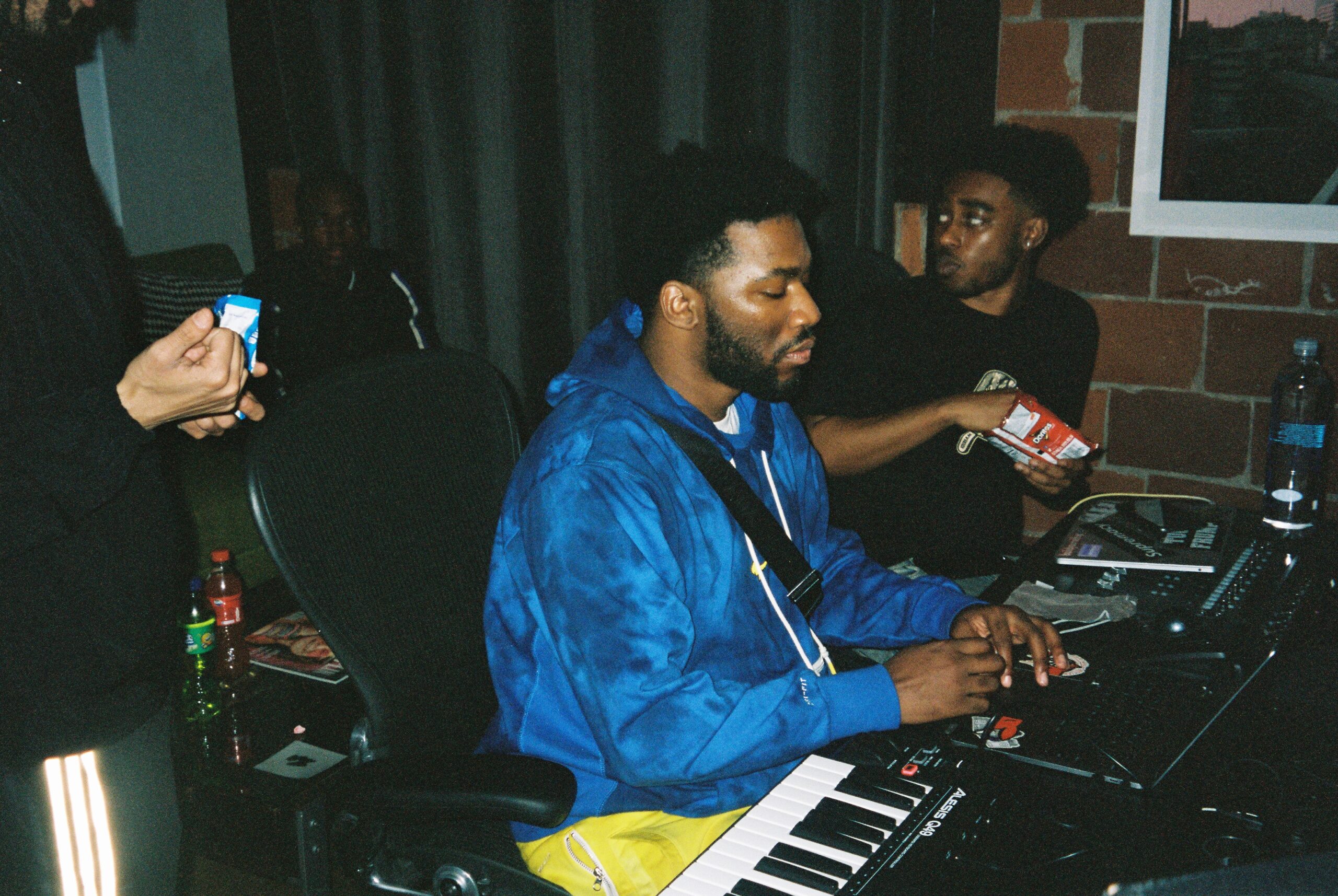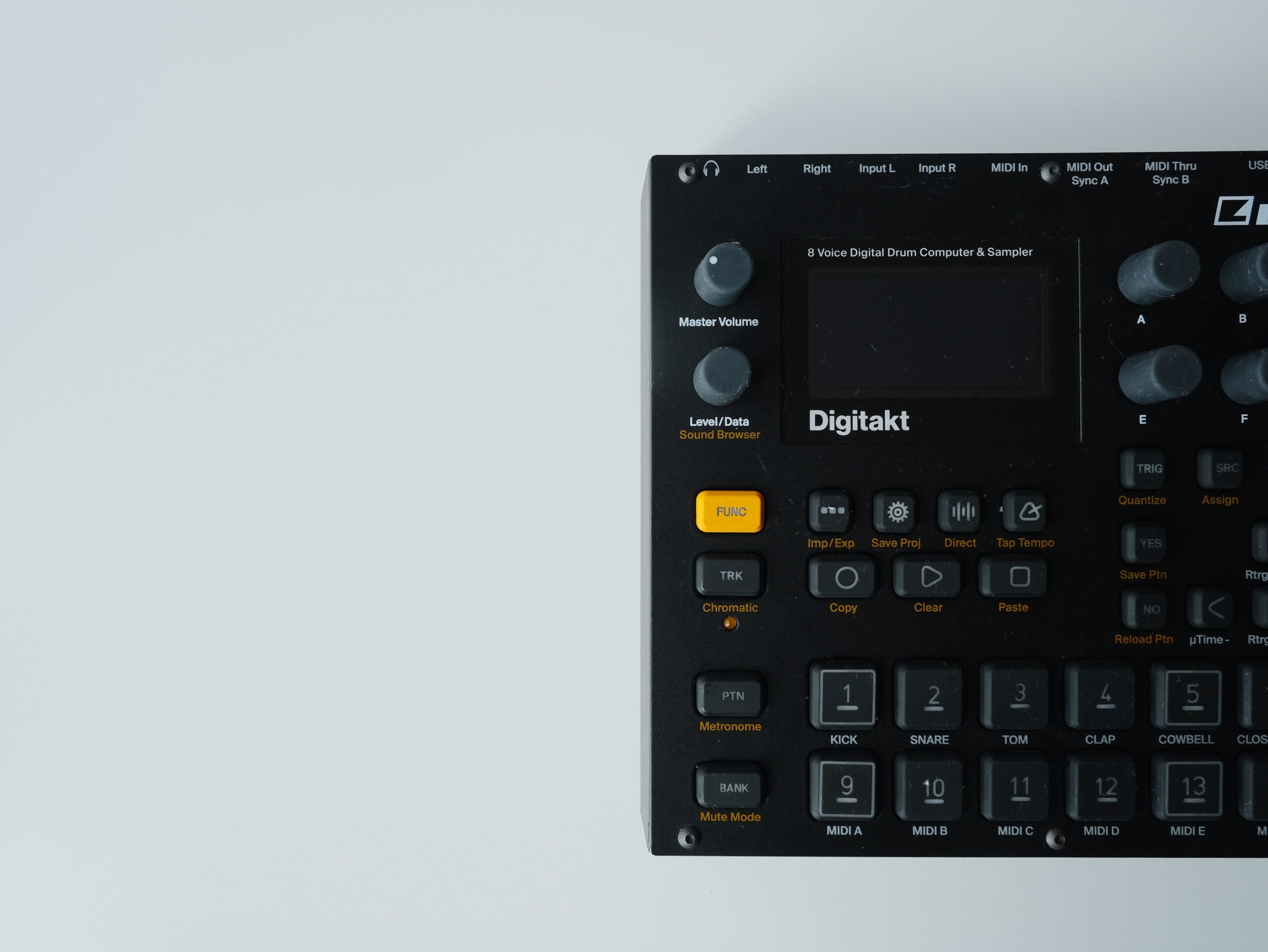Artists and creatives like you have enormous potential to build generational wealth through their unique skills and talents. Intellectual property allows you to build that wealth by protecting and monetizing your work. This not only ensures a stable income stream, but also allows you to create a lasting legacy with your creative endeavors.
In this post, we will explore the ways intellectual property can serve as a powerful vehicle for wealth generation and provide practical advice for artists, writers, musicians, and other creatives looking to establish a strong financial foundation. Before we dig into the details, let’s clarify a few questions about generational wealth.
What’s the Difference Between Legacy Building and Generational Wealth?
I often get asked, “What’s the difference between legacy building and generational wealth?” These are related concepts, but there are some distinctions between the two.
- Legacy building is about the footprint you leave with your work — and you are working to establish that footprint every day. It is the impact that you are making on your household and your community, and in your industry.
- Building generational wealth is the process of improving the wealth position of your future generations through your work. And in this case, we are specifically talking about generational wealth as it relates to the development of your intellectual property (IP) and creative capital.
So what’s the connection between creating and protecting IP, and building generational wealth? One of our favorite “F” words at Creative Genius Law is freedom. And freedom is the biggest gift that comes from your intellectual property. When you have protected your intellectual property over time, it gives you the freedom to choose any path you want.
Want to know what that might look like? Let’s pretend it’s 10 years from now, and maybe you are burnt out from creating (it happens, right?). At that point, you might decide you no longer want to do your current work and want to shift to something new. Let’s also imagine that IP exists in your business, and you’ve protected those assets over time so they have grown in value.
I’m not being vague when I say “grown in value,” either. Your IP, if you protect it, will have a dollar amount attached to it. It will have value in your business, and you can leverage that value in your decision-making. For example, you could decide to decline work opportunities that no longer feel like the right fit for you. You could use the money you’re generating from your IP to fund a passion project, or even sell your business and have your IP valued as part of that sale.
All these choices? They add up to freedom for you. There are no right or wrong choices for you as an artist, but the point of protecting your intellectual property is to give you the freedom and flexibility to choose your own path in the future.
The Value of Trademarks
Let’s take a closer look at how you can build generational wealth by creating and protecting your intellectual property, specifically trademarks. When you own a trademark, you have the exclusive right to use that trademark with your product or service, or anything that’s considered a related product or service under trademark law. This exclusive right applies in the United States, but there are also options for international rights.
As you continue to use your federal trademark associated with your products or services, and build a strong brand reputation, the trademark will increase in value. Think about your favorite brands and how their value has increased over the years. For example, think about Spotify today, compared to eight years ago — the company’s increased value is due to the goodwill that has been built up over time, allowing the company to command more and more dollars.
Owning a trademark can be an excellent way for creative entrepreneurs to build generational wealth. By continuing to use and protect your trademark, you can increase its value over time, and benefit from the brand reputation you’ve built.
Now let’s examine the copyright side of building generational wealth through intellectual property.
The Value of Copyrights
When you own the copyright to your work, you own the rights to that work from the moment you create it and put it in tangible form. Ownership is automatic once the work is created. Copyright lasts for the lifetime of the creator (that’s you!) plus 70 years.
Just like with trademarks, as your work becomes more well-known and you develop a stronger brand reputation, the equity in your copyrighted works increases, and the value grows over time. Consider our favorite artists, both visual and musical, and think about how their work has increased in value from day one of their careers to where it is now.
As the value of intellectual property assets increases, they are considered in the valuation of your business. At some point, you may have to decide what you want to do with your intellectual property — whether to license it to others or sell it. There’s no right or wrong answer, as the decision should be based on what makes the most sense for you and your goals.
Let’s deconstruct how one of our favorite producers, No I.D., leveraged his intellectual property and uses it to build generational wealth.
No I.D. on the Track: Let the Story Begin
Before No I.D. had a massive catalog of intellectual property, he didn’t. One of his earliest creations was producing eight tracks on Common’s album, “Can I Borrow $1.” He produced those tracks for just $1600. That’s $200 a lick. As his audience grew and he collaborated with artists like Jay Z, the value of his equity and intellectual property increased. In this case, his IP is his production — and the value of that IP grew because the tracks he produced started to get crazy airplay. In other words, the price went up!
In 2020, No I.D. sold his entire catalog of 273 songs to Hipgnosis Songs, including all of his work for Jay Z, Rihanna, Alicia Keys, Drake, and other well-known artists. The catalog included his copyright and publishing rights, which he had protected during his career. No I.D. had the freedom to choose what he wanted to do with his intellectual property because it was protected, and he had ownership of it along the way.
While we don’t know the financial details of the transaction with Hipgnosis, we do know that around the time of the sale, No I.D.’s catalog was valued at approximately $131 million — so we can assume the sale price would’ve aligned with that value. No I.D. has also stated that the decision to sell wasn’t just based on profits — he wanted to find the right home for his music. He felt the artists who were represented on his tracks would be in good hands with Hipgnosis.
No I.D.’s story shows us that it’s not about starting big, but rather about building value over time by protecting your intellectual property and maintaining a strong brand reputation. When you can do that as an artist, it gives you the freedom to choose your own path. As the value of your intellectual property increases, you can use your IP in a way that works best for you. This may include licensing or selling your intellectual property or keeping ownership and enjoying ongoing royalties.
So, whether you’re a musician, artist, or any other type of creative entrepreneur, remember to protect your intellectual property to ensure it can build value, help you build generational wealth, and give you the flexibility to pursue the work you want.
Ready to build generational wealth? Start protecting your intellectual property today. Submit an intake form today to find out how Creative Genius Law can help you protect your intellectual property so you can build generational wealth.

